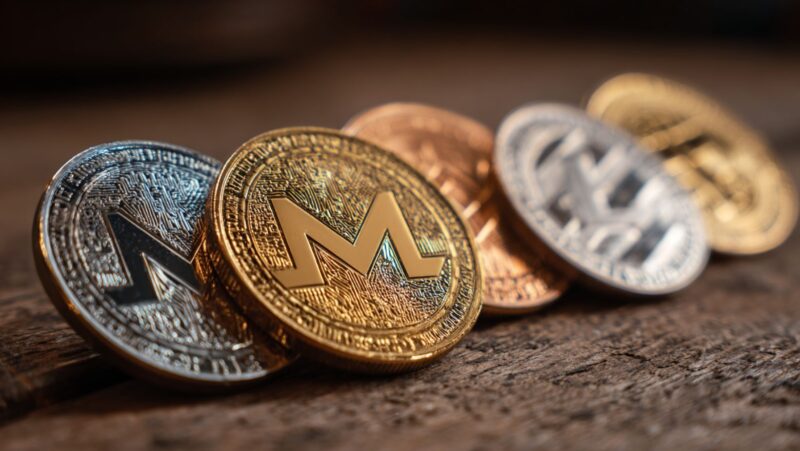
Crypto margin trading is a process of borrowing funds from a broker to trade digital assets. It allows traders to open positions that are larger than their account balance. Margin trading comes with high risks as prices can move drastically against your position.
What is leverage?
Leverage is the ratio of funds borrowed from a broker to the trader’s own funds. For example, if you have $1,000 in your account and use leverage of 10:1, you can open a position worth $10,000.
What are the risks of margin trading?
The main risk of margin trading is that prices can move sharply against your position and you may be forced to Close your position at a loss. If the value of your collateral falls below the required level (margin call), your broker will liquidate your position to cover the loss.
What is a margin call?
A margin call is when your broker demands that you deposit more funds into your account to cover losses.
What is a stop-loss?
A stop-loss is an order to Close your position at a predetermined price level in order to limit your losses.
What exchanges offer margin trading?
BitMEX, Kraken, OkCoin and Bitfinex are some of the major exchanges that offer crypto margin trading.
How do I start margin trading?
If you’re interested in margin trading, you first need to find a reputable exchange that offers this type of trading. Once you’ve found an exchange, you will need to create an account and deposit funds into it.
Once your account is funded, you can then start placing trades. To do this, you will need to choose the currency pair that you want to trade, select your leverage and order type, and then enter your position size. It’s important to remember that margin trading is a high-risk activity and you should only trade with funds that you can afford to lose.
What are the benefits of margin trading?
Margin trading can be a great way to increase your profits if you trade carefully and responsibly. It can also help you to open larger positions than you could with your own funds alone.
What are the drawbacks of margin trading?
The main drawback of margin trading is that it’s a high-risk activity and prices can move sharply against your position. This can lead to heavy losses, so it’s important to only trade with funds that you can afford to lose. Another thing to keep in mind is that some exchanges may charge high fees for margin trading. So make sure to check the fees before you start trading.
IN CONCLUSION
Margin trading can be a great way to increase your profits if you trade carefully and responsibly. However, it’s important to only trade with funds that you can afford to lose as prices can move sharply against your position. Make sure to also check the fees charged by exchanges before you start margin trading.
what is margin trading crypto
The answer to this question depends on your risk tolerance and your financial goals. If you are willing to take on more risk, then you can trade with a higher leverage. For example, you could trade with a 2:1 leverage. This means that for every $1 you have in your account, you can trade $2 worth of currency.
If you are risk-averse or if you have smaller financial goals, then you may want to trade with a lower leverage. For example, you could trade with a 1:1 leverage. This means that for every $1 you have in your account, you can trade $1 worth of currency.
The best margin for day trading also depends on the type of trading strategy you are using. If you are using a scalping strategy, then you will need a higher leverage to make small profits on each trade. On the other hand, if you are using a swing trading strategy, then you can trade with a lower leverage since you are aiming for bigger profits over a longer period of time.
In general, the best margin for day trading is between 2:1 and 4:1. This gives you enough room to make profits even if your trade doesn’t go exactly as planned. But at the same time, you don’t want to use too much leverage since this can lead to losses that are too large to recover from.


